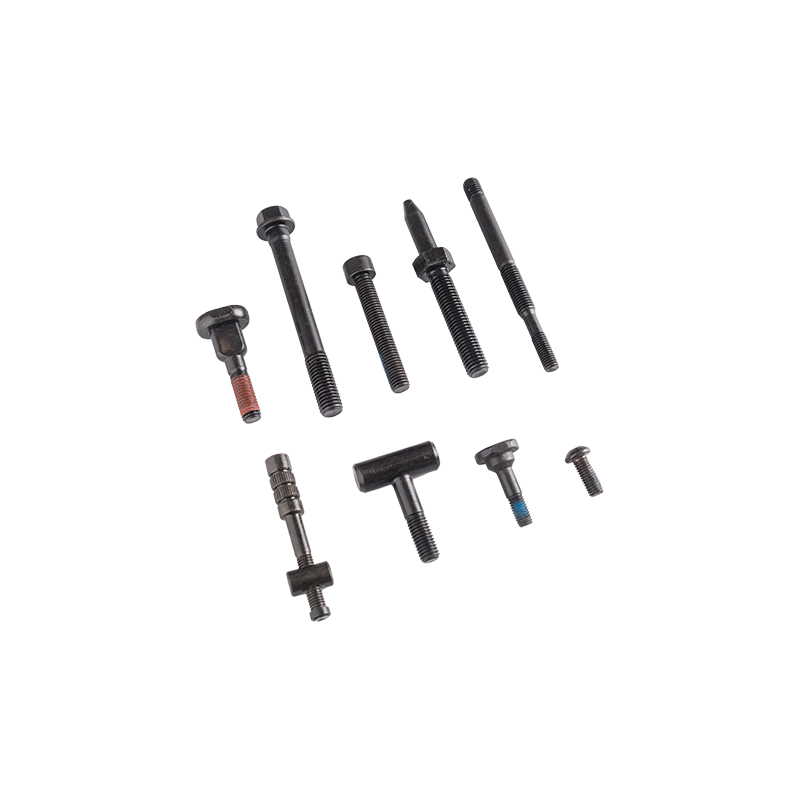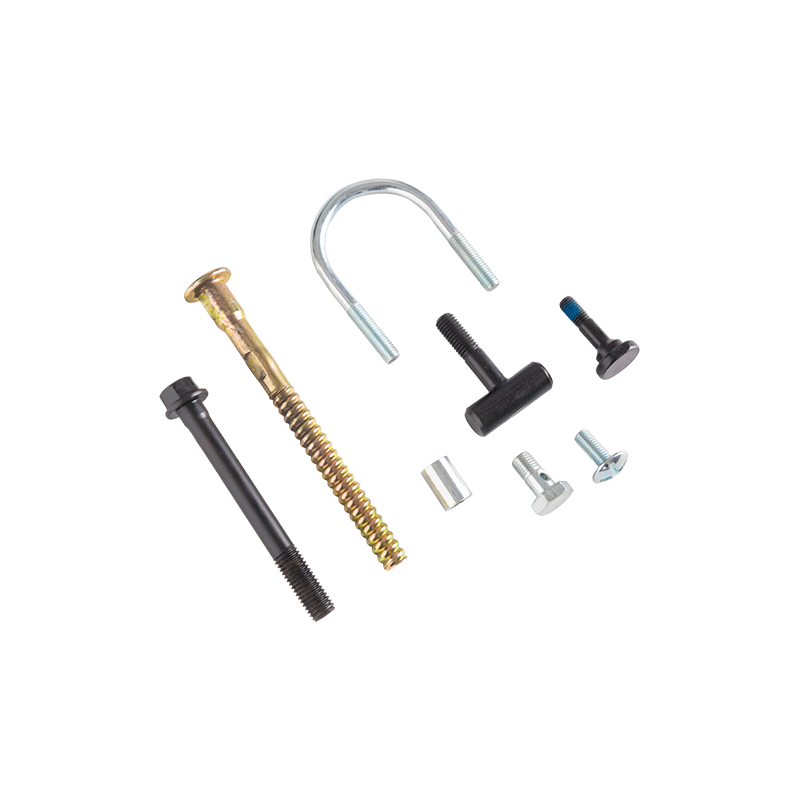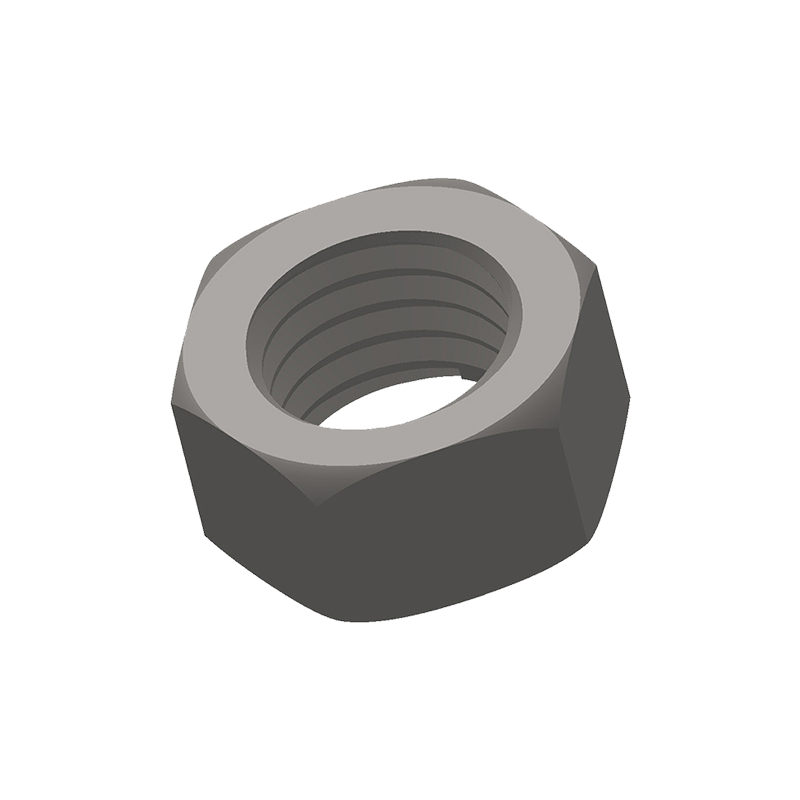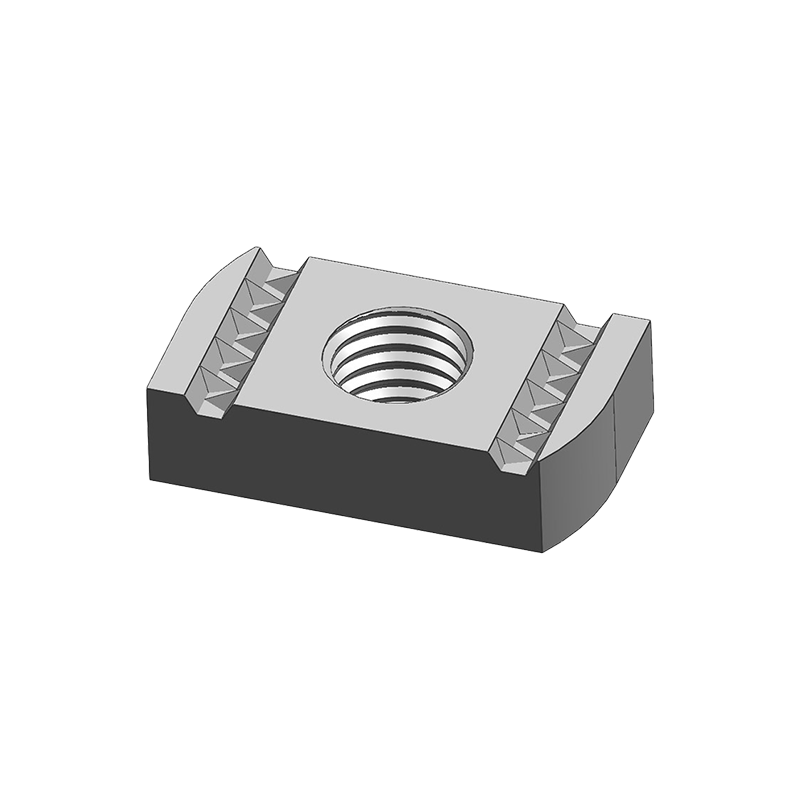Do you know Engineering Channel Steel?
Posted by Jiaxing Taigor Machinery Co., Ltd.
Engineering Channel Steel is a unique type of metal that's used in many different industrial applications. These metal strips are molded into several different shapes and sizes through the process of roll forming. The final product is a sturdy and durable piece of metal that can be welded together for use in various construction projects.
Unlike other types of steel, engineering channel steel is designed to withstand a lot of pressure without distorting or breaking. This strength makes it an ideal choice for building framing and other types of construction projects. Additionally, the material is highly corrosion resistant. This is especially true when the product has been galvanized, which means that it has been coated with a layer of zinc. This coating metallurgically reacts with the surface of the metal, creating a protective barrier that helps prevent rust and other forms of corrosion.
The most common use for engineering channel steel is in building framing. These metal strips are commonly found in the frame of buildings, walls, and ceilings, providing stability and support for the entire structure. They're also used to create braces and supports for various equipment and machines. For example, a car's frame is made from steel channels, which help protect the engine, chassis, suspension, and other components.
While engineering channel steel can be used in a variety of different construction projects, it's important to choose the right size for the job. There are a number of factors that need to be taken into account, including the load-bearing capacity, span length, and environmental conditions. The best way to determine the correct steel channel size for a project is to consult with a structural engineer or refer to manufacturer's load tables.
When choosing the right type of steel channel for a project, it's also important to consider the size and shape of the flanges. The most common types of steel channels have two parallel flanges, but some have one flange that's wider than the other. In addition, there are also specialty flanged channels, which can be designed for specific purposes.
In addition to their versatility and durability, steel channels are also fire resistant. This is particularly important for construction projects, where it's critical to protect the safety and security of people inside a building or other facility. For instance, steel channels can be used in the construction of enclosures that deter trespassers and other unwanted intruders.
Depending on the specific requirements of a project, steel channels can be welded together to form longer sections or joined to other types of load-bearing elements such as beams and columns. This can help save time and money, as well as provide a more uniform look in the finished construction. In addition, these connections can be made quickly and easily using standard welding equipment. This is especially important in large construction projects, where the need to complete work in a short amount of time can be a challenge. In addition, these connections can be made using a variety of different materials, including stainless steel and aluminum.

 中文简体
中文简体
 English
English
 Español
Español
 Deutsch
Deutsch














.png)




